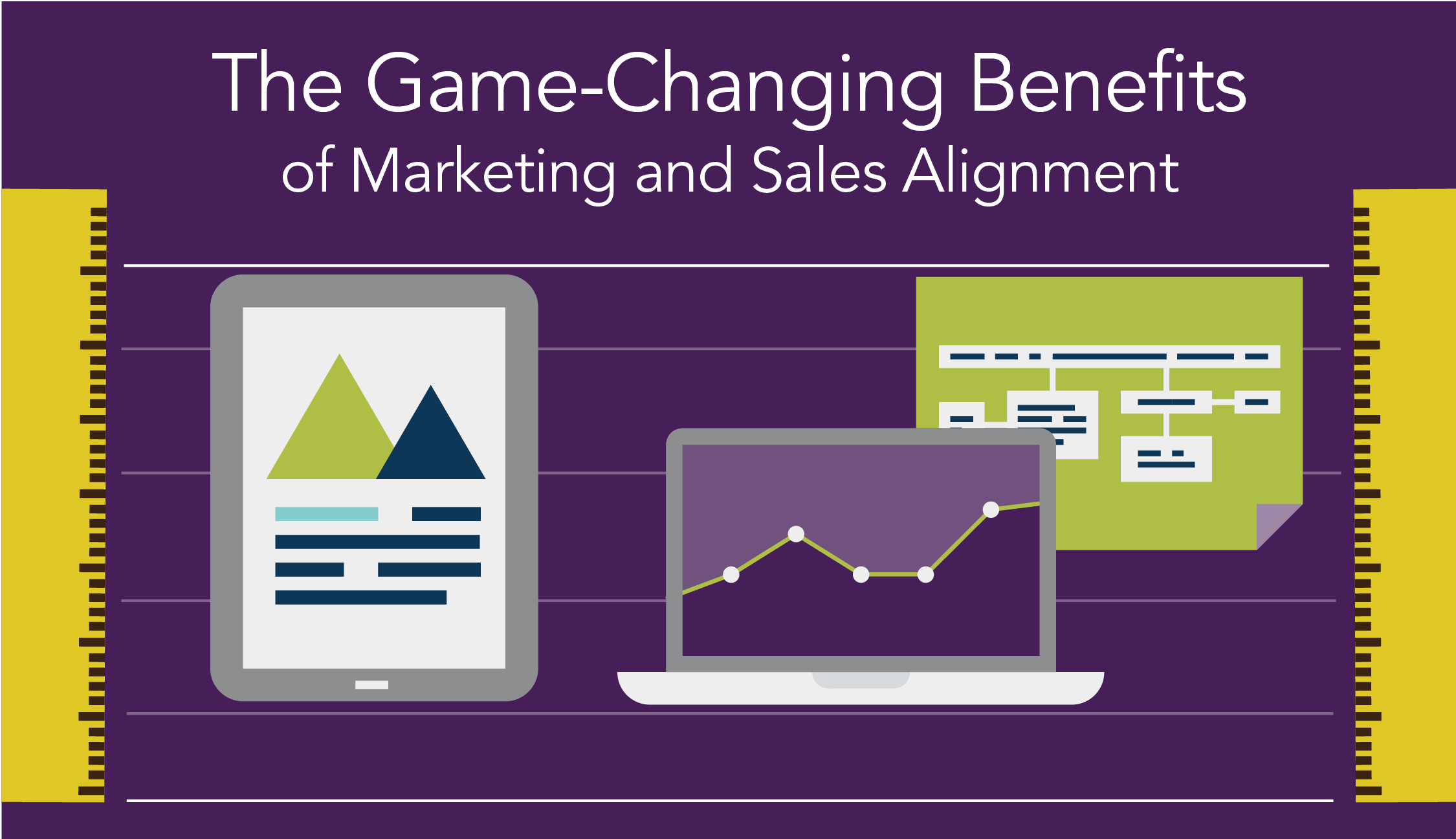1 min read
Take the Lead: Conducting a Competitive Analysis
If you watched any of the recent Olympic cycling events, you may have noticed the lead cyclist quickly turn his or her head to look for fellow...
1 min read
Christine Hollinden : Aug 13, 2018 11:11:08 AM

Last month, Google hosted its annual Google Marketing Live event and announced several big changes, including the newly consolidated Google Marketing Platform and the newly named Google Ads. Google’s aim for these updates is to simplify their vast array of ads services, making monthly management easier for agencies, publishers, and in-house marketers.
Now Google is offering the same machine learning to search ads, enabling advertisers to load one ad with a variety of different headlines and descriptions, relying on Google’s machine learning algorithm to create the perfect ad for a desirable result (i.e., clicks or conversions). With over 43,000 possible ad combinations, the days of manually A/B testing headlines are over.
Do Responsive Search Ads Provide Better Results?
Google claims that their beta tests resulted in 5-15% higher click-through rates. One of the reasons for this uplift could be the expanded nature of the ads themselves.
Want to Learn More about Responsive Search Ads?
For now, Responsive Search Ads are still in beta testing and won’t become fully available for a few more months. However, there are a variety of other ad options your firm can take advantage of right now. At Hollinden, we are dedicated to helping our clients achieve their growth goals. If you are interested in learning more about incorporating Google Ads for lead generation into your marketing mix, we would love to connect.
Contact us today to start a conversation.
The Hollinden Point of View brings you monthly insights tailored to helping you grow your firm.

1 min read
If you watched any of the recent Olympic cycling events, you may have noticed the lead cyclist quickly turn his or her head to look for fellow...

The phrase “trusted advisor” gets tossed around a lot. In fact, a simple Google search shows more than 31 million online references to the phrase....

Marketing and sales teams have historically operated on separate wavelengths—and, in some organizations, separate universes. The disconnect between...